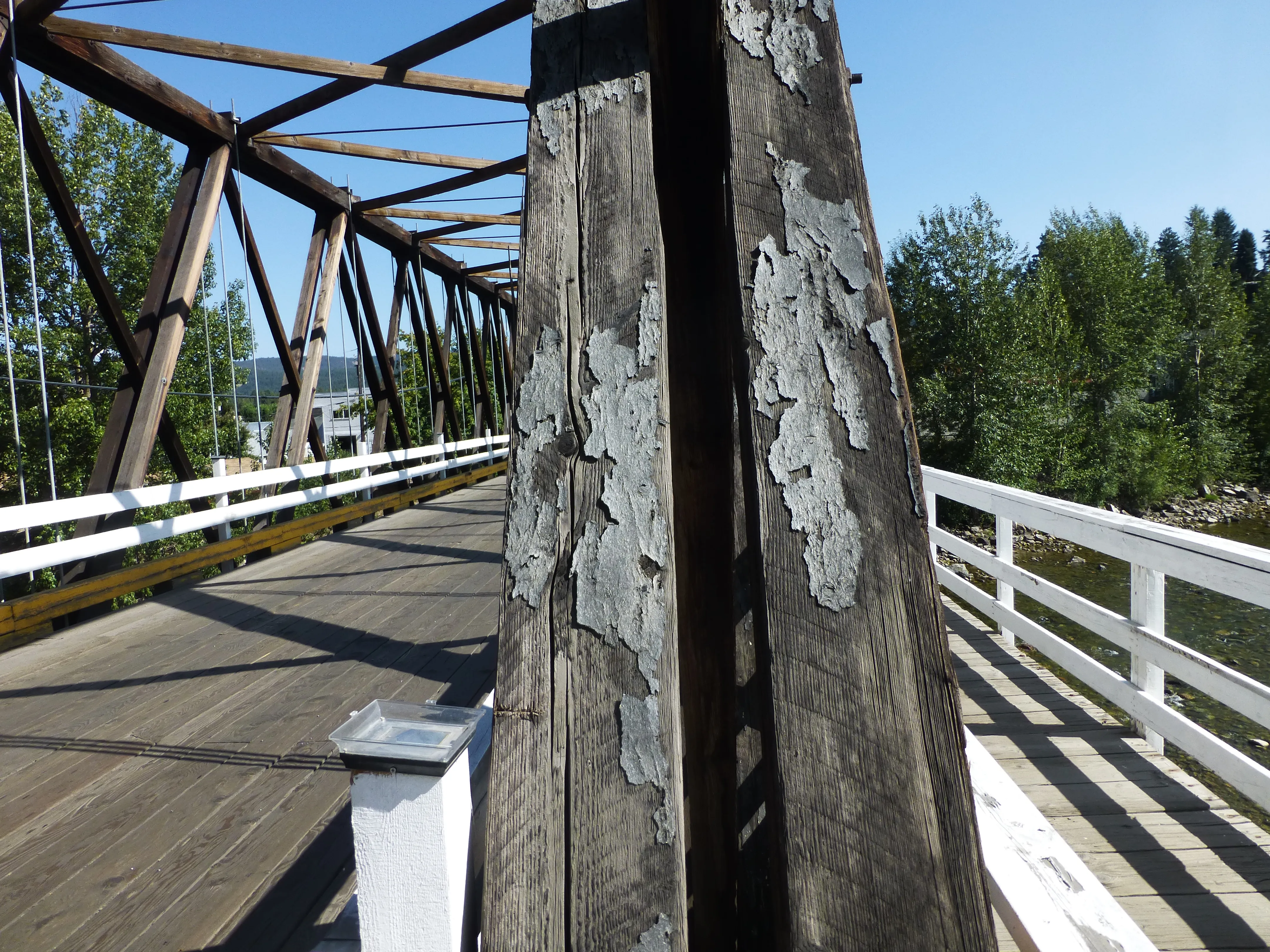A bridge carrying one of Norway’s busiest motorways remains closed after a major earth slide severely damaged its supporting columns this week.
The bridge closure comes as Norway’s Public Roads Administration said it is concerned about the condition of 104 bridges throughout the country, although they remain safe to use.
Two of the foundation pillars of the bridge at Holmestrand, along the Highway E-18 through Vestfold County, were affected and dropped a span by up to 1.5m, creating a severe dip and cracks in the road surface.
No injuries were reported, but several trucks and cars remain on the bridge close to the breaking point because it is too risky to try to back them up, according to a report in the English-language Norway Post.
Geologists and bridge construction experts will examine the bridge and foundations this week, but the structure is expected to be closed for several months.
NPRA said in its report this month that inspections of the country’s bridges have noted rust, disintegrating central support systems and rotting pillars, according to media reports.
Morten Wright, senior engineer at the administration, said that the NPRA prioritises the most serious cases when it comes to maintenance and contractors perform daily inspections of bridges.
The government increased maintenance funding by around 40% between 2014-15, according to Ketil Solvik-Olsen, minister of transport and communications.
Norway: landslide closes bridge amid concerns for infrastructure
A bridge carrying one of Norway’s busiest motorways remains closed after a major earth slide severely damaged its supporting columns this week.
The bridge closure comes as Norway’s Public Roads Administration said it is concerned about the condition of 104 bridges throughout the country, although they remain safe to use.
Two of the foundation pillars of the bridge at Holmestrand, along the Highway E-18 through Vestfold County, were affected and dropped a span by up to 1.5m, creating a severe dip and crack
February 12, 2015
Read time: 2 mins







